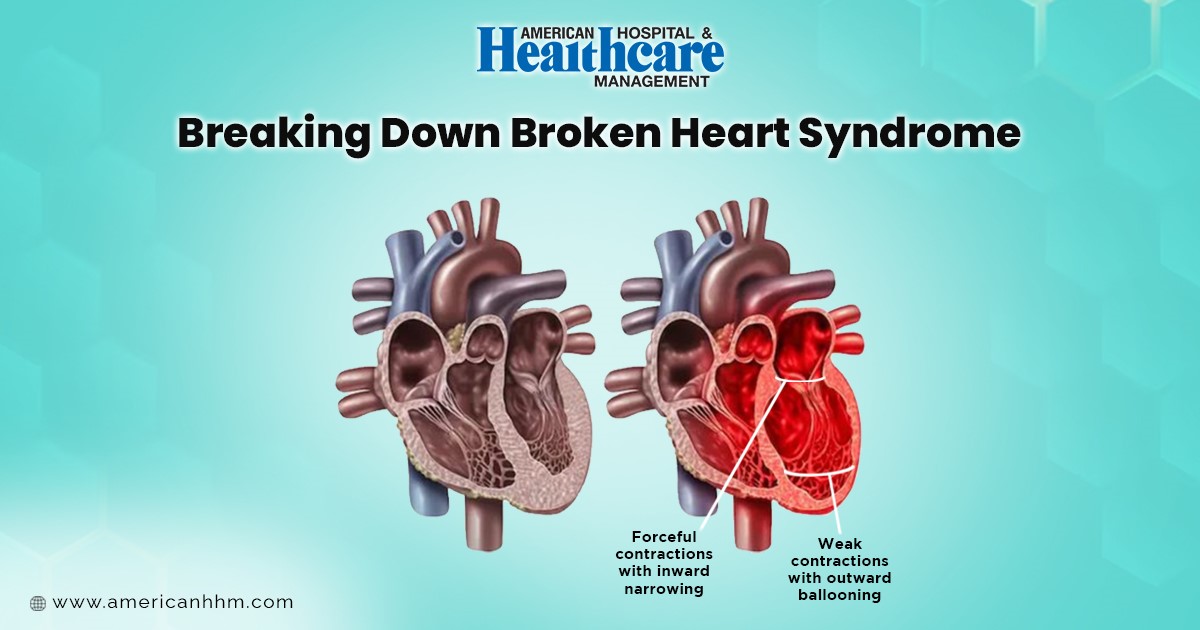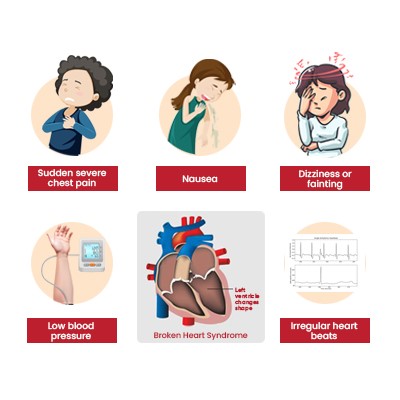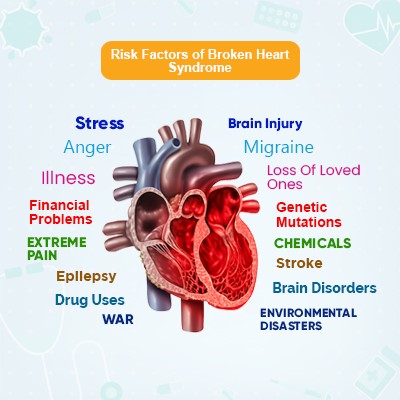Few diseases fascinate as much as heart pain syndrome. It is a medical curiosity. It is named after the Japanese octopus trap. Under stress, the heart's abnormal shape causes the syndrome. This syndrome emphasizes the deep interconnectedness of mind and body. This article will explain the broken heart syndrome complexities along with in-depth analysis of its symptoms, possible risk factors, diagnostic approach and possible treatment. We also evaluate the very sensitive connection that exists between our feelings and our bodies.



